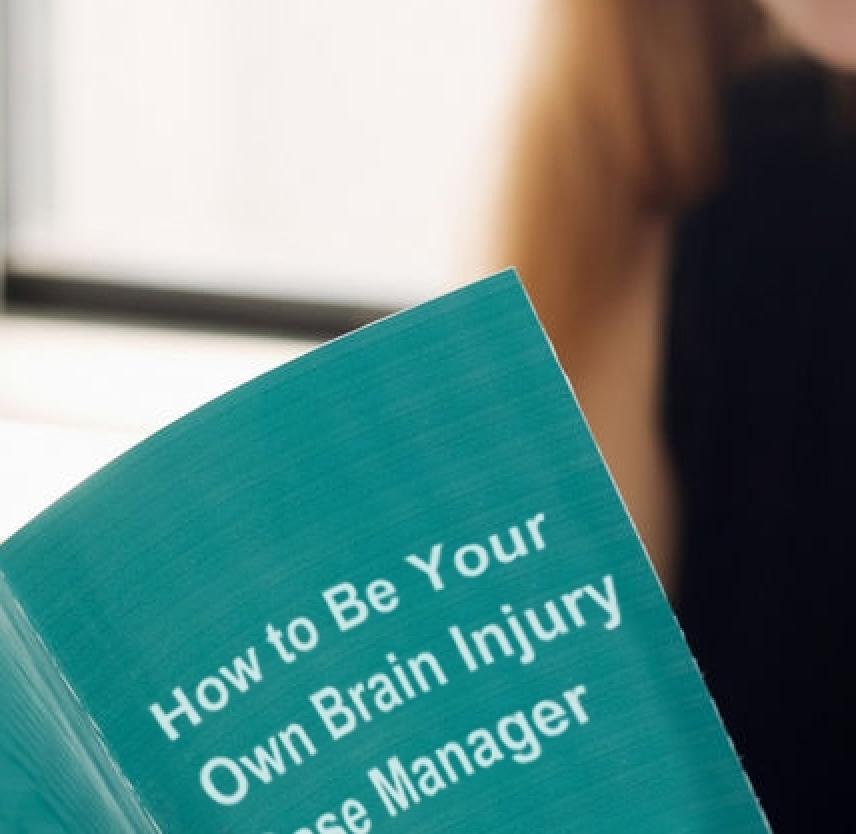
Introduction
Returning to work is a goal that drives most survivors of brain injury through the long and difficult rehabilitation process. Yet when they finally achieve this goal, often they have difficulty adjusting to expectations of the workplace.
Brain injury is a life-altering event which affects virtually every area of a person’s life — including work. Oftentimes, simple adjustments in the work environment are all that are necessary to help the person with a brain injury be successful on the job.
As an employer, you are required by the Americans with Disabilities Act to provide reasonable accommodations to help any employee with a disability achieve vocational success. A job accommodation is an adjustment or modification of a job, the job site, or the manner of performing a job. It may help a person with disabilities to better perform essential job functions, increase productivity, or be independent in completing tasks. This can be a very simple and inexpensive process.
An example of an accommodation for a worker with a brain injury could be providing the person with a notebook in which to write down important information to compensate for memory deficits.
To assist you in the job accommodation process, we have provided you with information about many aspects of brain injury. This brochure contains information on the following topics:
- The structure and function of the human brain
- The causes of brain injury
- The recovery process
- Physical, behavior and communication changes after brain injury
Identifying accommodations and implementing workplace modifications can be challenging. The Vocational Case Coordinator employed at the Mayo Brain Rehabilitation Program is available to assist you with this process, and provide additional information about brain injury. The Vocational Case Coordinator may be reached at 507-255-3116.
By permission of the Mayo Foundation for Medical Education and Research. All rights reserved. www.mayo.edu.
